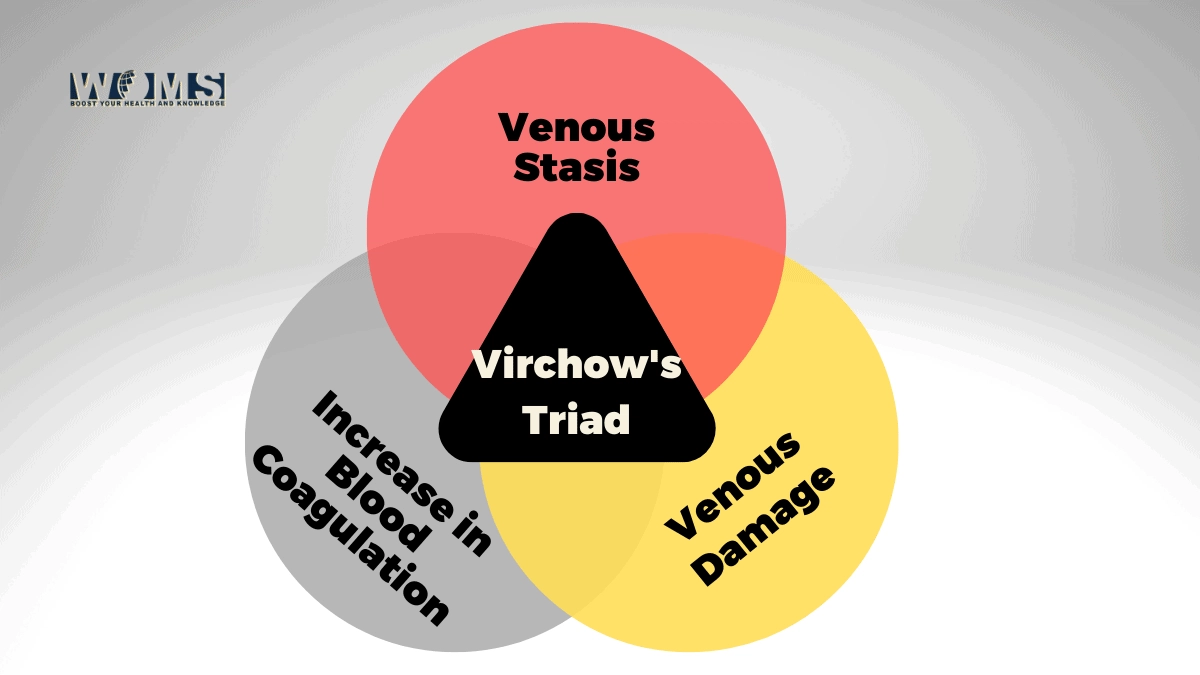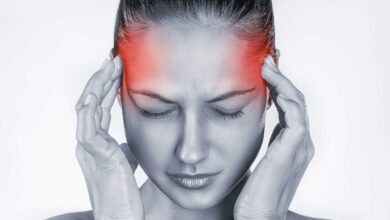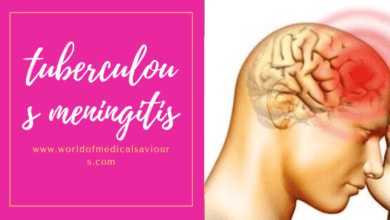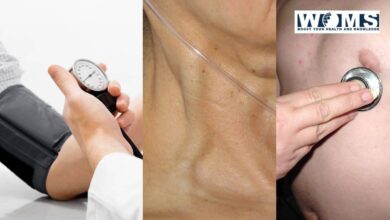Virchow’s Triad: What is it?

What is Virchow’s triad?
Virchow’s triad consists of three main factors that can cause deep venous thrombosis. Deep vein thrombosis may include blood clotting in the vein. These common factors are:
- Venous stasis
- Increase in blood coagulation
- Venous damage
This triad of symptoms was named by Rudolph Virchow as he discovered it. These symptoms are the most common findings in various diseases.
Pathophysiology of Virchow’s triad or Virchow’s triangle
Virchow’s triad or also called Virchow’s triangle is a combination of symptoms. There are several underlying causes to illustrate this typical representation of Virchow’s triad. Let’s explain the pathophysiology of various factors inducing the signs of Virchow’s triad.
Venous stasis (disturbance in blood flow)
Venous stasis is the slow down of blood flow. Blood flow may slow down due to any obstruction in the pathway. In addition, this process may increase the viscosity of the blood. As a result, there is a formation of micro-thrombi in veins.
These micro-thrombi don’t move due to slow blood flow. Moreover, these thrombi continue to grow and form larger thrombus to obstruct flow.
Venous stasis occurs most commonly in bedridden patients or during prolonged travel. In addition, it is also common in patients with atrial fibrillation and valvular heart disease patients.
Increased blood coagulation ( hypercoagulability)
Blood coagulation increases due to increased viscosity of the blood. This condition occurs due to an imbalance between different circulatory factors. Moreover, there may be an increase in tissue activation factors.
Besides this, there may also be a decrease in plasma fibrinolysis and antithrombin factors. These factors work in combination to increase the coagulability of blood.
Several diseases such as protein C and S deficiency, nephrotic syndrome, and antithrombin III deficiency can cause coagulation. Moreover, trauma, burn, or cancer can also change the blood chemistry, resulting in increased coagulation.
Venous damage (endothelial or vessel wall injury)
Vascular damage is also a cause of thrombus formation. This damage may be of intrinsic or extrinsic type. In addition, there may be a piercing of vessel walls due to any trauma or injury.
This injury can also occur due to surgical insult. Irregular surfaces can cause turbulent blood flow and induce eddy currents. As a result, it induces friction that disturbs blood flow.
Stress and hypertension can cause damage to these vessel walls to induce thrombus formation. Atherosclerotic diseases can also cause endothelial injury.
Clinical significance of Virchow’s triad
Virchow’s triad explains the underlying pathology of various diseases that induce thrombus formation. Thrombus formation in the vessels can put the patient’s health at risk.
These thrombi can increase the incidence of thromboembolic diseases. These diseases include cardiovascular accidents, pulmonary embolism, infarction, ischemia, and cell death. Therefore, Virchow’s triad makes it easy to understand risk factors for deep vein thrombosis.
Risk factors to induce Virchow’s triad symptoms
Virchow’s triad symptoms can lead to serious conditions such as deep venous thrombosis. There are several risk factors that can cause venous stasis, endothelial damage, and increased coagulation of blood. These all symptoms can cause severe diseases of other organs in the body. Let’s have a look at the risk factors for these symptoms.
- Immobility due to prolonged bed rest, general anesthesia, stroke, and long flights can cause reduced blood flow. This in turn leads towards venous stasis.
- Increased venous pressure may occur due to neoplasms, pregnancy, and varicose veins. These conditions can cause mechanical compression in veins leading towards functional impairments. As a result, it can cause increased outflow resistance.
- Trauma, surgery, catheters, and IV drug abuse can cause mechanical injury to any vein. This, in turn, increases the surface irregularities. As a result, it disturbs the blood flow.
- There are various diseases that can increase the viscosity 9f blood. Increased viscosity reduces the blood flow leading towards venous stasis.
- There may be some anomalies in the venous anatomy that can induce thrombus formation.
Genetic deficiencies that can cause Virchow’s triad symptoms
There are several genetic deficiencies that can induce Virchow’s triad symptoms. These can be congenital and acquired genetic disorders. Let us have a look at these deficiencies that can lead towards Virchow’s triad.
Congenital deficiencies
- Deficiency of anticoagulation C and S proteins
- Antithrombin III deficiency
- Factor V Leiden mutation
Acquired factors
- Neoplasms, sepsis, vasculitis, smoking, oral estrogens
- Myocardial infarction, heart failure, systemic lupus erythematosus, lupus anticoagulants, inflammatory bowel disease, nephrotic syndrome, hypertension, diabetes
Physiological factors
- Obesity
- Pregnancy
- Increasing age
- Surgery
Diseases associated with Virchow’s triad
There are several diseases that show the manifestation of Virchow’s triad. Most of them are thromboembolic diseases. In these diseases, there is an ongoing process of thrombus formation. This thrombus can dislocate from its original site to any other location resulting in thromboembolic diseases. This thrombus formation can cause stroke and cardiovascular arrest.
Conditions with impaired coagulation process represent the symptoms of Virchow’s triad. These conditions are as follows:
- Deep vein thrombosis
- Thromboembolic disorders
- Blood clotting
- Endothelial injury
- Pulmonary embolism
Also Read: Charcot’s Triad
Conclusion
Virchow’s triad is a trio of the three most common symptoms associated with any thromboembolic disease. This triad includes venous stasis, increased blood coagulation, and blood vessel damage.
As a result, these conditions can increase the thrombus formation in vessels. Thrombus can move towards any location in the body and may cause disturbance in normal function.
Virchow’s triad is strongly associated with deep vein thrombosis. This disease represents the formation of a thrombus in deep veins. This thrombus formation can impair blood flow leading towards ischemic attack. Ischemia may decrease the perfusion of the tissue. As a result, it may cause necrosis or cell death.
Frequently asked questions (FAQs):
How to diagnose these Virchow’s triad symptoms?
There are several diagnostic approaches to examine these symptoms. Some of the tests are as follows to diagnose it
Increased D-dimers level
Coagulation profile
What are the consequences of Virchow’s triad?
Virchow’s triad can lead to serious fatal conditions. Thrombus can form anywhere in the vascular structure. Moreover, it can also move from one site to another site. The most fatal conditions include:
1. Stroke
2. Cerebrovascular accident
3. Infarction
4. Heart failure




